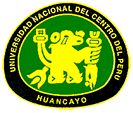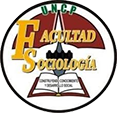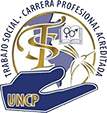Line 100 in the graduates of the Faculty of Social Work of the Universidad Nacional del Centro del Perú
DOI:
https://doi.org/10.26490/uncp.sl.2023.7.1.1033Keywords:
violence, family, Line 100, graduatesAbstract
The world unfolds in violent situations that gradually enter the social microphysics: institutions, educational and work communities and the family. This is how violence is observed at the level of a couple, parental filial, fraternal, between family members; it is expressed in physical, verbal, psychological, economic, sexual abuse. The qualitative study shows domestic violence and how the Peruvian state slows down this serious public health problem. In this regard, it designs the policy of informing as part of the culture of reporting. In this process, state entities, civil society, professionals, graduates of those academic areas articulated to the social, participate. It is formulated as a general objective: Identify the opinions of the graduates of the Faculty of Social Work of the “Universidad Nacional del Centro del Perú” on line 100. It is important to know the level of perception and knowledge of the graduates, the same who work in multidisciplinary teams such as the Women's Emergency Center, Commissioners, among others. The graduates known from Line 100 as a free service, support the referral to the Family Prosecutor's Office; raise the need to evaluate the capabilities and timely care of the specialists who serve Line 100.
Downloads
References
Bermejo, C. (2018). La línea 144, una herramienta de ayuda contra la violencia de género #NiUnaMenos. Argentina https://www.msn.com/es-ar/noticias/mujeres/la-l%C3%ADnea-144-una-herramienta-de-ayuda-contra-la-violencia-de-g%C3%A9nero-supernumberniunamenos/ar-BBMw6JV
Espinar, E. (2003). Violencia de género y procesos de empobrecimiento. Tesis Doctoral . España: Universidad de Alicante. https://rua.ua.es/dspace/bitstream/10045/9905/1/Espinar-Ruiz-Eva.pdf
Esteban, N. (2018). Tipos de Investigación. Artículo. Universidad Santo Domingo de Guzmán. http://repositorio.usdg.edu.pe/handle/USDG/34
Manco, A. (2020). Convoca 8 años: En cuarentena la línea 100 recibió más de 36,333 llamadas sobre violencia familiar y contra la mujer. https://convoca.pe/agenda-propia/en-cuarentena-la-linea-100-recibio-mas-de-36333-llamadas-sobre-violencia-familiar-y
Normas APA. (2017). El diseño etnográfico para tesis con enfoque cualitativo. NormasAPA.net: https://normasapa.net/diseno-etnografico-tesis-enfoque-cualitativo/
Sampieri, R. (2006). Metodología de la investigación . México: McGraw-Hill. https://www.uca.ac.cr/wp-content/uploads/2017/10/Investigacion.pdf
Sanchez, E. (Octubre de 2020). Línea 155, Una llamada puede marcar la diferencia. Obtenido de Equidad Mujer : http://www.equidadmujer.gov.co/consejeria/Paginas/linea-155.aspx
Published
How to Cite
Issue
Section
License
Copyright (c) 2023 Ana Manrique Canchari, Luz Maria Macha Guerra

This work is licensed under a Creative Commons Attribution 4.0 International License.

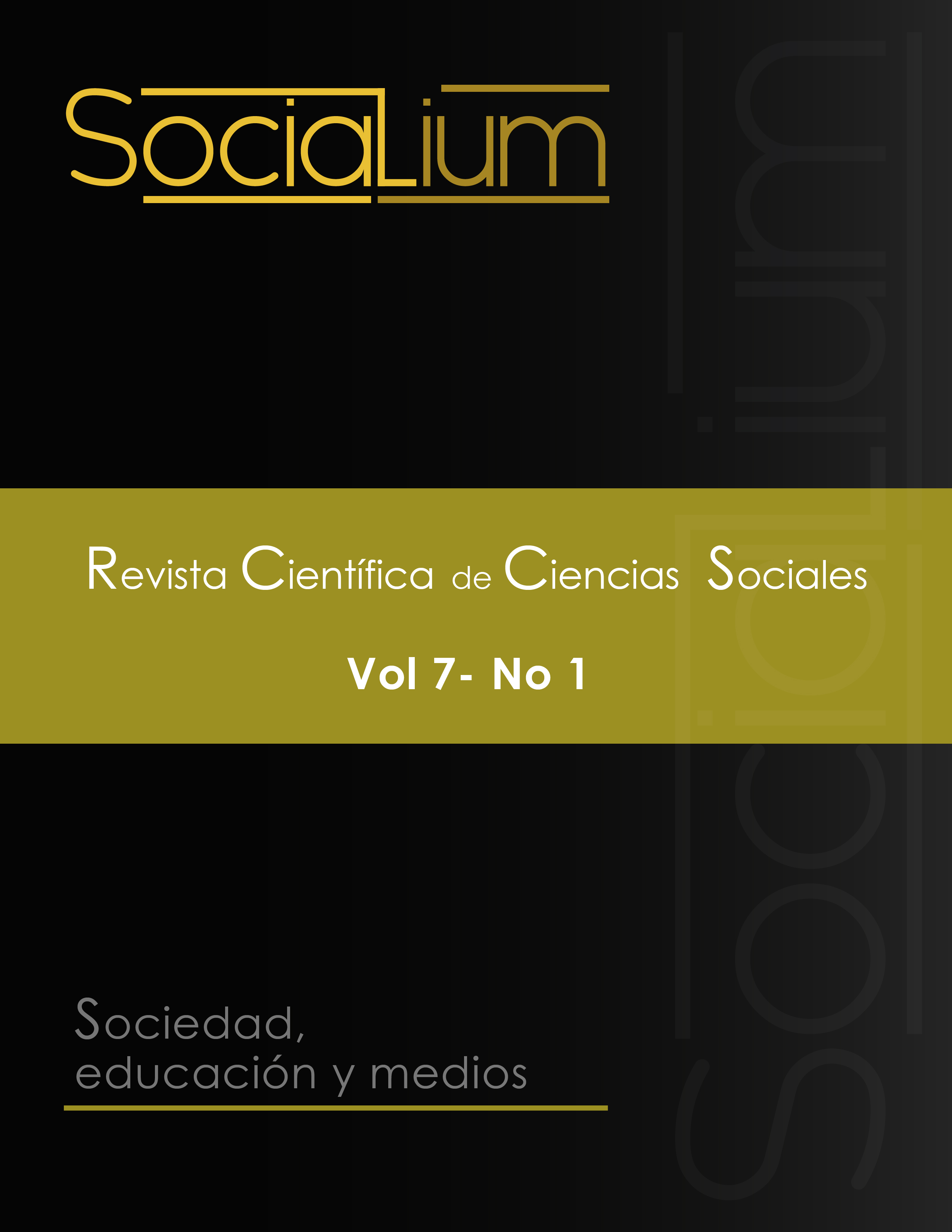

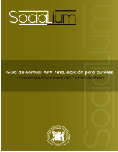




.jpg)










